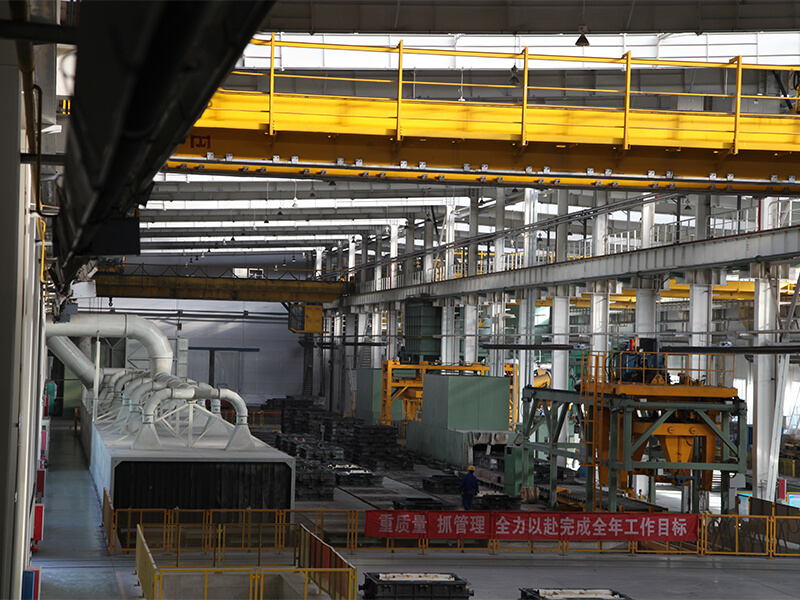- Afrikaans
- Albanian
- Amharic
- Arabic
- Armenian
- Azerbaijani
- Basque
- Belarusian
- Bengali
- Bosnian
- Bulgarian
- Catalan
- Cebuano
- China
- China (Taiwan)
- Corsican
- Croatian
- Czech
- Danish
- Dutch
- English
- Esperanto
- Estonian
- Finnish
- French
- Frisian
- Galician
- Georgian
- German
- Greek
- Gujarati
- Haitian Creole
- hausa
- hawaiian
- Hebrew
- Hindi
- Miao
- Hungarian
- Icelandic
- igbo
- Indonesian
- irish
- Italian
- Japanese
- Javanese
- Kannada
- kazakh
- Khmer
- Rwandese
- Korean
- Kurdish
- Kyrgyz
- Lao
- Latin
- Latvian
- Lithuanian
- Luxembourgish
- Macedonian
- Malgashi
- Malay
- Malayalam
- Maltese
- Maori
- Marathi
- Mongolian
- Myanmar
- Nepali
- Norwegian
- Norwegian
- Occitan
- Pashto
- Persian
- Polish
- Portuguese
- Punjabi
- Romanian
- Russian
- Samoan
- Scottish Gaelic
- Serbian
- Sesotho
- Shona
- Sindhi
- Sinhala
- Slovak
- Slovenian
- Somali
- Spanish
- Sundanese
- Swahili
- Swedish
- Tagalog
- Tajik
- Tamil
- Tatar
- Telugu
- Thai
- Turkish
- Turkmen
- Ukrainian
- Urdu
- Uighur
- Uzbek
- Vietnamese
- Welsh
- Bantu
- Yiddish
- Yoruba
- Zulu
Oct . 18, 2024 15:32 Back to list
Exporter of Sodium Silicate Sand Casting Solutions for Industrial Applications
Sodium Silicate Sand Casting An Overview of Exporters
Sodium silicate sand casting, a process that leverages the unique properties of sodium silicate as a binder in sand molds, has gained traction in various manufacturing sectors due to its efficiency and cost-effectiveness. This method, often referred to as water-glass casting, is particularly favored in the production of complex parts with high precision and excellent surface finish. As demand for efficient casting solutions grows globally, the role of sodium silicate sand casting exporters has become increasingly significant.
What is Sodium Silicate Sand Casting?
Sodium silicate, or water glass, is a compound made from sodium oxide and silica. When mixed with sand, it creates a strong binding agent that, when cured, forms a robust mold. This casting technique provides several advantages it allows for quick mold-making, is environmentally friendly, and enables the casting of intricate designs without the need for extensive machining.
The process begins with the preparation of a sand mixture, where sodium silicate is blended with sand and sometimes with additives to enhance specific properties. The mold is shaped around the desired pattern and then exposed to CO2 gas, which reacts with the sodium silicate to harden the mixture. Once cured, the mold is ready for the pouring of molten metal, resulting in a cast product that usually requires minimal finishing.
The Role of Exporters
With the rise in global demand for sodium silicate sand casting materials, exporters play a vital role in the supply chain. They facilitate the distribution of both sodium silicate itself and the finished products manufactured through this casting method. Key regions such as Asia, Europe, and North America are significant markets for these exporters, driven by industries like automotive, aerospace, machinery, and consumer goods.
Exporters are responsible for ensuring that their products meet international quality standards and comply with regulatory requirements. This involves rigorous testing and certification processes to guarantee product performance and environmental compliance. They often work closely with manufacturers to understand their specific needs and provide tailored solutions.
sodium slicate sand casting exporter

Key Benefits of Working with Exporters
1. Access to Quality Materials Exporters typically source high-quality sodium silicate and silica sand from reputable suppliers, ensuring that manufacturers receive the best materials for their casting processes.
2. Cost Efficiency By leveraging global supply chains, exporters can offer competitive pricing, making it more feasible for companies to invest in sodium silicate sand casting technologies.
3. Technical Support Many exporters provide technical expertise and support to their clients, assisting them in optimizing their casting processes and troubleshooting any issues that may arise.
4. Sustainability Exporters are increasingly focused on sustainable practices, sourcing eco-friendly materials and implementing processes that minimize waste, appealing to environmentally-conscious manufacturers.
5. Market Knowledge With their finger on the pulse of both local and international markets, exporters provide valuable insights into trends and demands, helping manufacturers stay ahead of the competition.
Conclusion
Sodium silicate sand casting stands out as a versatile and efficient manufacturing process, and exporters play a crucial role in connecting producers with high-quality materials. As industries continue to evolve and demand for precise, innovative casting techniques grows, the importance of reliable exporters in the sodium silicate sand casting sector will only increase. They not only help in facilitating trade but also contribute to enhancing the overall quality and sustainability of the manufacturing processes, thereby driving the industry forward. For companies looking to adopt or expand their use of sodium silicate sand casting, partnering with a knowledgeable and reputable exporter could be the key to success.
-
8mm Thin-Walled Cast Steel Manhole Cover Pallet Bottom Ring | Durable
NewsAug.04,2025
-
Premium Cast Iron Water Main Pipe: Durable, Corrosion-Resistant
NewsAug.03,2025
-
Durable Cast Iron Water Mains | AI-Optimized Systems
NewsAug.02,2025
-
High-Efficiency Propane Boiler for Baseboard Heat | Save Energy
NewsAug.01,2025
-
Premium Source Suppliers for Various Gray Iron Castings
NewsJul.31,2025
-
Durable Cast Iron Water Main Pipes | Long-Lasting
NewsJul.31,2025


